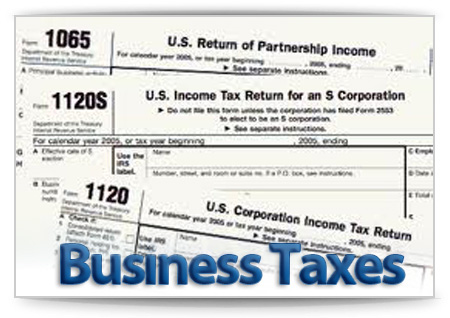Income Tax
How to Avoid the “BIG” Tax on S Corp Conversions
The BIG tax often catches business owners by surprise. Fortunately, however, you may be able to avoid adverse tax consequences with some astute planning.
Sep. 08, 2023

Are you thinking of switching from the C corporation form of business ownership to S corporation status? There could be a big tax in your future—literally. We’re referring to the so-called “built-in gains” (BIG) tax.
The BIG tax often catches business owners by surprise. Fortunately, however, you may be able to avoid adverse tax consequences with some astute planning.
Background: In effect, earnings from a C corporation are effectively taxed twice—once at the corporate level and once at the individual level when payments are made to shareholders. Conversely, S corporation items of gain or loss are passed through to shareholders and taxed once on their individual returns.
Prior to the Tax Cuts and Jobs Act (TCJA), corporate tax rates reached as high as 35% under a graduated tax rate structure. Individual rates topped out at 37% but were often much lower for business owners. However, the TCJA established a flat 21% rate for C corporations, beginning in 2018. So the incentive for switching to S corp status has been diluted.
If you still decide to go a head and switch, the corporation owes a tax at the highest rate on net recognized built-in gain occurring within ten years following the conversion. The amount of the BIG tax is based on the difference between the fair market value of property sold (or otherwise disposed of) and the basis of the property at the time of the conversion.
Specifically an S corp may be liable for the BIG tax if the following four conditions exist:
- The corporation was a C corporation prior to the S corporation election.
- The election was made after 1986.
- The corporation has a recognized built-in gain within the 10-year recognition period.
- The net recognized built-in gain for the tax year doesn’t exceed the net unrealized built-in gain minus the net recognized built-in gain for prior years in the recognition period (to the extent such gains were subject to tax).
The BIG tax is computed by applying the current 21% corporate tax rate to the S corp’s built-in gain for the year.
There are other factors to take into account. For instance, an S corporation using the cash method of accounting includes unrealized accounts receivable and unrealized accounts payable in its BIG tax calculation. So your company might have to pay BIG tax on part of its uncollected accounts receivable.
What can you do to avoid a big BIG tax? There are several possibilities, including the following:
- Any net operating loss (NOL) carryforward in a year in which the corporation was a C corp may be deducted against the net recognized built-in gain tax of the S corp.
- The corporation can use capital losses carried forward from prior years to offset the BIG tax.
- Excess business credits carried over from prior years may reduce the tax liability on built-in gains.
In summary: Obviously, this is a complex issue. Fortunately, you don’t have to go it alone. Consult with an experienced tax professional.
